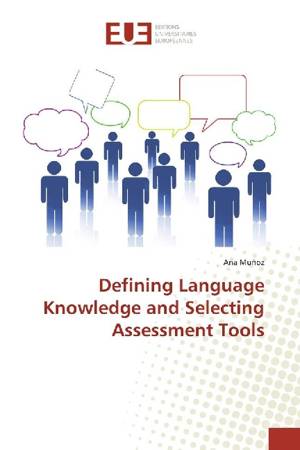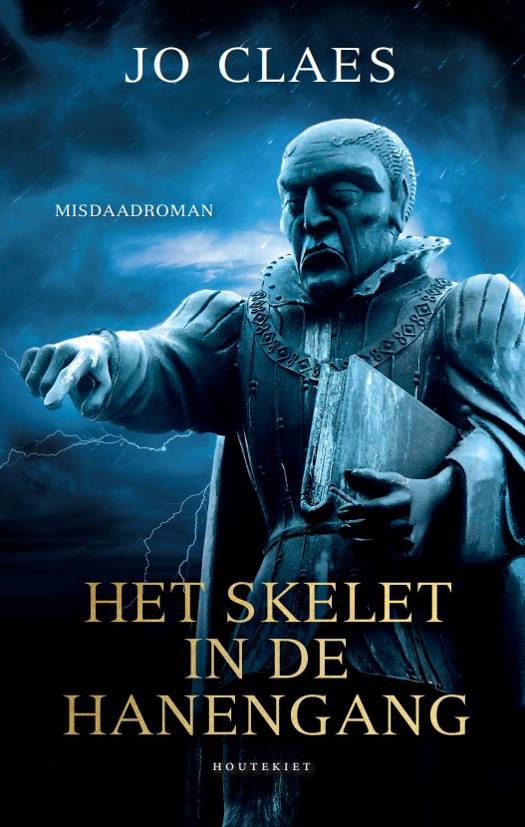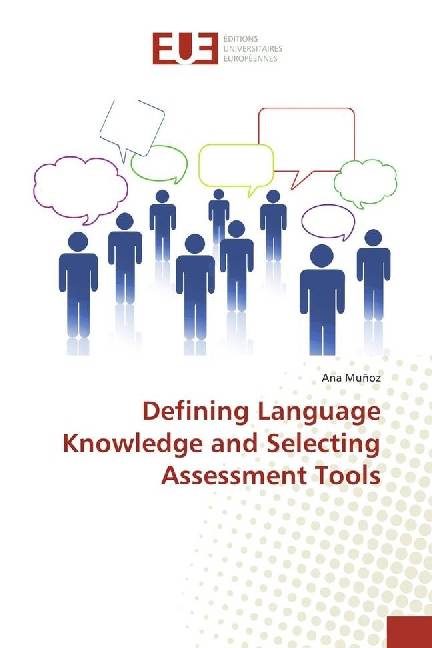
- Afhalen na 1 uur in een winkel met voorraad
- Gratis thuislevering in België vanaf € 30
- Ruim aanbod met 7 miljoen producten
- Afhalen na 1 uur in een winkel met voorraad
- Gratis thuislevering in België vanaf € 30
- Ruim aanbod met 7 miljoen producten
Zoeken
€ 28,45
+ 56 punten
Omschrijving
The primary purpose of language evaluation is to make decisions about students' ability to communicate. Therefore, it is necessary to clearly understand and define the knowledge and ability to be assessed because the conceptions about the nature of language knowledge and ability will determine the development or choice of the assessment methods. Defining language knowledge and ability is, however, a complex matter mainly because there are many terms and conceptualizations regarding what actually constitute this construct. In section one of this book, I elaborate on how language knowledge and ability have been defined by different authors. I also present some of the most well-known theoretical models of language, elaborating on the concepts by means of examples and ideas provided by different authors. Furthermore, I provide an example of a theoretical construct definition in an attempt to illustrate how an ability, such as 'speaking' can be described in order to facilitate its assessment. In the second section of the book, I critically analyze the use of assessment tools for academic decision-making.
Specificaties
Betrokkenen
- Auteur(s):
- Uitgeverij:
Inhoud
- Aantal bladzijden:
- 76
- Taal:
- Engels
Eigenschappen
- Productcode (EAN):
- 9783639608939
- Verschijningsdatum:
- 20/02/2017
- Uitvoering:
- Paperback
- Afmetingen:
- 150 mm x 220 mm
- Gewicht:
- 119 g

Alleen bij Standaard Boekhandel
+ 56 punten op je klantenkaart van Standaard Boekhandel
Beoordelingen
We publiceren alleen reviews die voldoen aan de voorwaarden voor reviews. Bekijk onze voorwaarden voor reviews.











